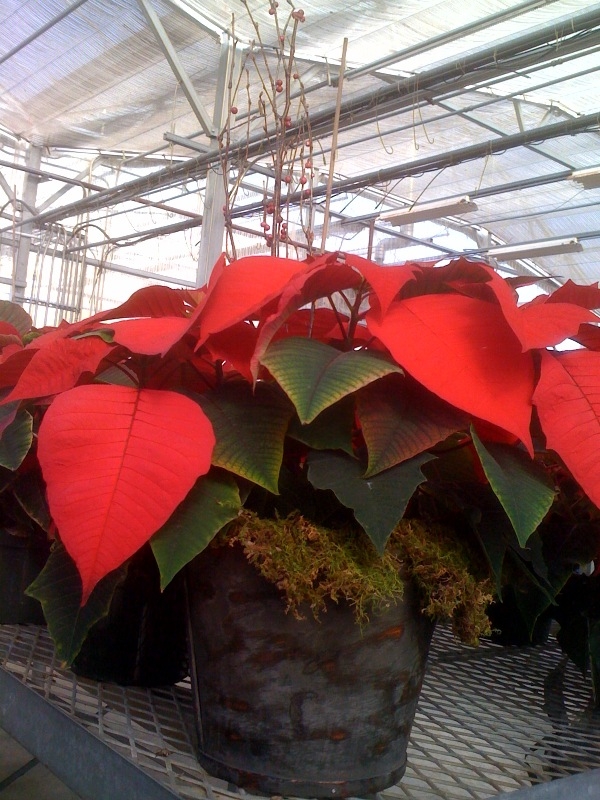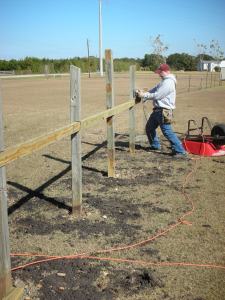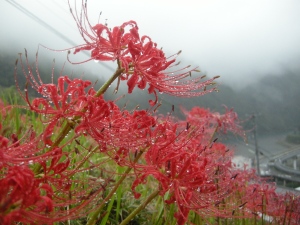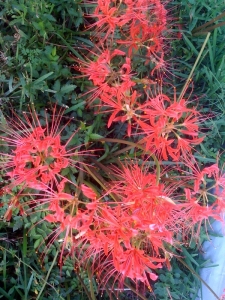Have you ever purchased a green strawberry? We buy green bananas all the time. Sometimes we even buy green tomatoes. But why haven’t you ever bought a green strawberry?
All fruits (and many vegetables and nuts) fall into two categories based on their ripening characteristics: climacteric or non-climacteric. Climacteric fruits will continue to ripen after the fruit has left the plant. Non-climacteric fruits stop the ripening process the minute they leave the plant. That is why you have never bought a green strawberry. A green strawberry will always be a green strawberry. It will never turn red, it will never get juicy and it will never taste good. Strawberries are the quintessential non-climacteric fruit.
Bananas, on the other hand are the quintessential climacteric fruit. Bananas are the most consumed fruit in America. According to a 2006 report by the USDA, each American eats a whooping 25.14 pounds of bananas per year. This is amazing when you think about how perishable bananas are and the distances they have to travel to get here (the top producer and exporter of bananas is India). An understanding of the science behind this climacteric/non-climacteric thing is what allows us Americans to eat so many things that come from so far away.
Ripening is controlled by several variables. One of these is ethylene. When fruits start to ripen they produce ethylene. Knowing this, we can hasten ripening by exposing the fruit to ethylene or we can slow down the ripening process by chilling the fruit (which suppresses ethylene production and is how they keep bananas fresh for so long).
O.K. I know you are thinking “This is a pretty cool horticultural fact and all, but what can I do with it?” Well, it can help you save your fall tomato crop, that’s what. Tonight, it is supposed to get down to 28 degrees at my house. I am fairly certain this is going to finish off my fall tomatoes. I have nursed them through two light freezes already. Each time a little more of the foliage got burned and I had to cut it back. Not much protecion left for the tomatoes that are still on the vine. So, tonight I am going home and picking what is left of my green tomatoes. I will then take them in the house and put them in a brown paper bag with two or three ripe bananas. I will fold the bag shut and leave it for three or four days. When I open it up this weekend, I should have a bag full of red tomatoes! The ethylene that is being released by the bananas will save my fall tomato crop!

Poinsettia grown by me in my Greenhouse Management course taught by a real Master of Horticulture, Dr. Terri Starman. Our poinsettia’s were wrapped in brown paper sleeves for shipment.
Here is another useful ethylene tip. If you bring home flowers or potted plants this holiday season that are wrapped in plastic or paper (this is common with poinsettias), un-wrap them ASAP. You see, those plants are producing ethylene as well. The wrappings will trap the ethylene and your flowers/plants will drop their leaves/petals pretty quickly if you do not get them out of their protective coverings.
Now that you have the facts about ethylene you can use the handy chart below to determine which fruits you can buy while they are still “green” and which fruits will never get ripe for you once they leave the plant.
| Climacteric | Non-Climacteric |
| Apples | Bell Pepper |
| Apricots | Blackberries |
| Avocados | Blue Berries |
| Bananas | Lemons |
| Cantaloupes | Limes |
| Figs | Oranges |
| Nectarines | Grapefruits |
| Peaches | Raspberries |
| Pears | Summer Squash |
| Persimmons | Egg Plant |
| Plums | Pumpkin |
| Tomatoes | Strawberries |
| Watermelon | Grapes |












